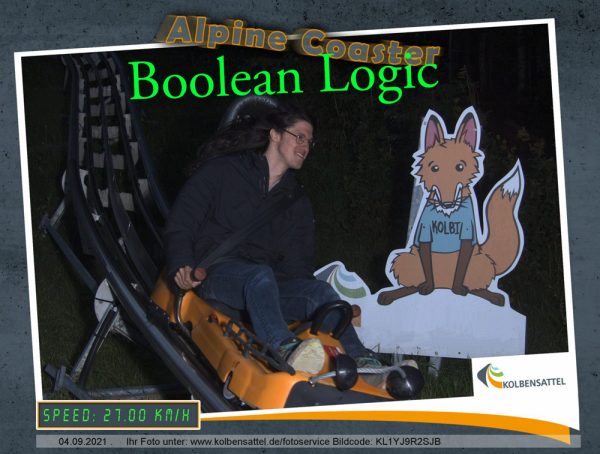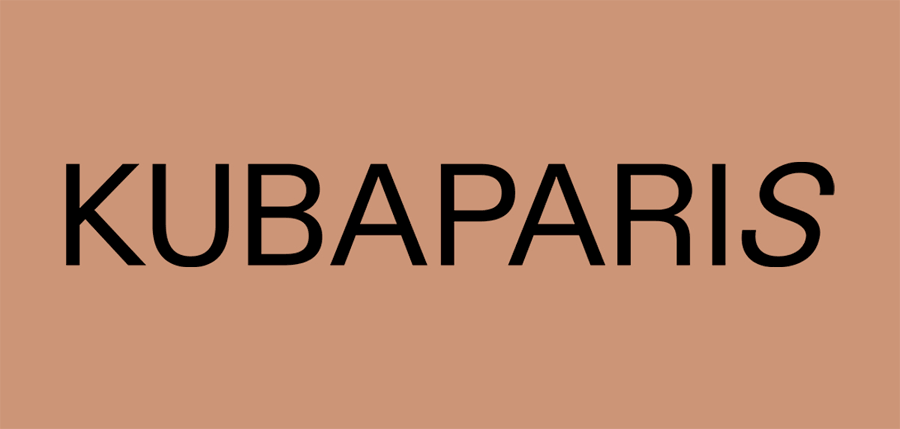Boolean Logic
Raphael Weilguni & Viola Relle
Info: In mathematics and mathematical logic, Boolean algebra is the branch of algebra in which the values of the variables are the truth values true and false, usually denoted 1 and 0, respectively. [1] Instead of elementary algebra, where the values of the variables are numbers and the prime operations are addition and multiplication, the main operations of Boolean algebra are the conjunction (and) denoted as ∧, the disjunction (or) denoted as ∨, and the negation (not) denoted as ¬. It is thus a formalism for describing logical operations, in the same way that elementary algebra describes numerical operations. Boolean logic is a means of processing signals that occupy one of two voltage states, called false and true. All digital synthesizers inherently contain Boolean logic by definition, but many analog synthesizers also contain some Boolean logic circuitry, particularly those with MIDI and/or patch memory. However, these are usually not exposed to the performer. This article concentrates mainly on the use of Boolean logic as signal processing in modular synthesizers, where it is sometimes used to produce complex trigger and gate signals.








